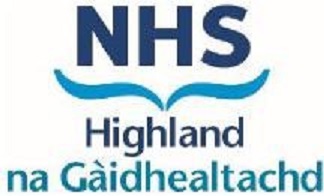Aim
This guideline provides a framework for pain management for patients sustaining rib fractures whether sustained as a result of polytrauma or as a single injury. It acts as a reference for all parties involved in the care of these patients at Raigmore. It includes clinical strategies to reduce morbidity, including multimodal pain management, catheter-based analgesia, pulmonary hygiene, and discusses referral for operative stabilization.
Scope
These guidelines are for all staff involved in the care of adult trauma patients with rib fractures but are of particular relevance to those working in the Emergency Department, Theatres, Anaesthesia, Intensive Care, Surgical High Dependancy, Trauma Ward and other wards receiving trauma patients.
Background
In 2019, Raigmore received 98 patients with rib fractures; 52 of which had >3 fractures (STAG data).
10% of patients admitted following blunt chest trauma have multiple rib fractures1. The fractures themselves are rarely life threatening where pain is managed appropriately, but are often used as a marker of more severe visceral injuries inside the abdomen and the chest. The general causes of injury for rib fractures include a fall from height or standing, road collisions, recreational / athletic activities, as well as non-accidental trauma. Rib fractures may also be pathologic in cause.
Rib fractures may compromise ventilation by a variety of mechanisms:
- The pain from the rib fractures will cause respiratory splinting and, if not controlled, will result in atelectasis (the collapse of lung tissue leading to the absence of air from part of the lungs), and pneumonia
- Although adequate analgesia helps towards preventing atelectasis by facilitating adequate breathing, the very systemic opiates themselves can compound the downward spiral, particularly in the elderly.
- Where the patient has a flail chest (a life-threatening medical condition that occurs when a segment of the rib cage breaks and becomes detached from the rest of the chest wall. It occurs when multiple adjacent ribs are broken in multiple places, so a part of the chest wall moves paradoxically, interfering with normal respiratory movement)
- Fragments of fractured ribs can also act as penetrating objects leading to the formation of a haemothorax (blood in the pleural cavity) or a pneumothorax (air in the pleural cavity).



